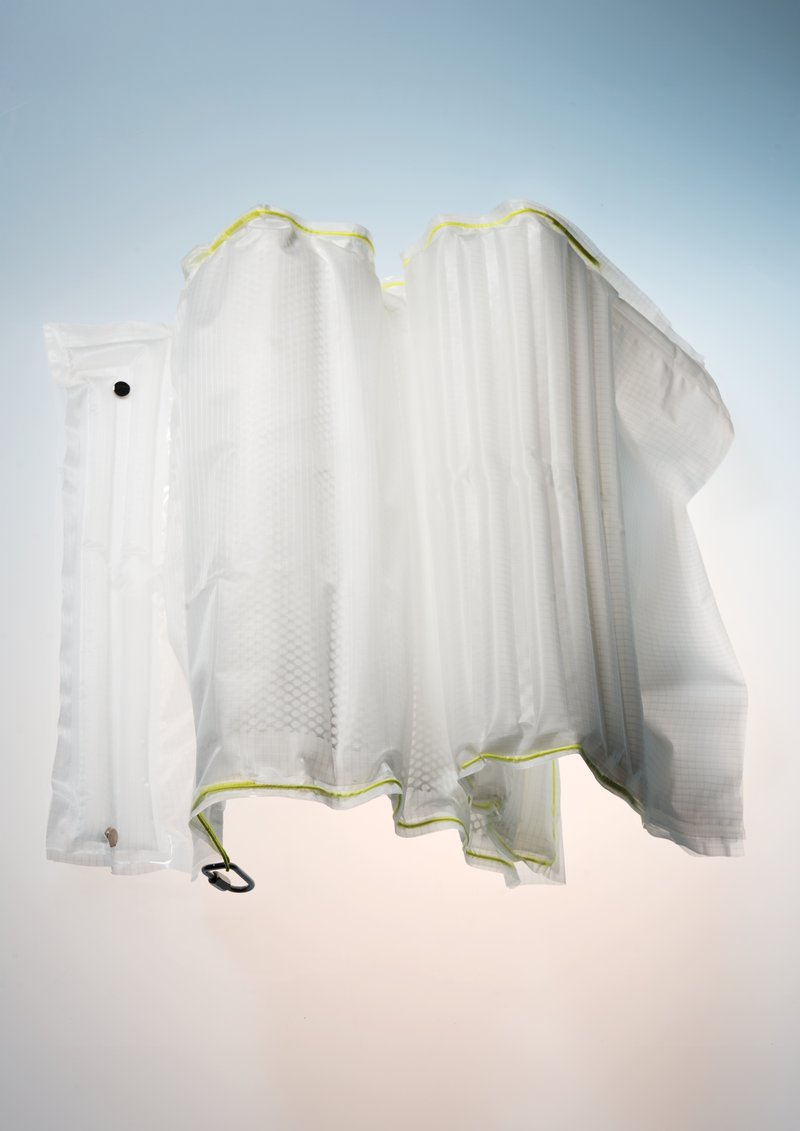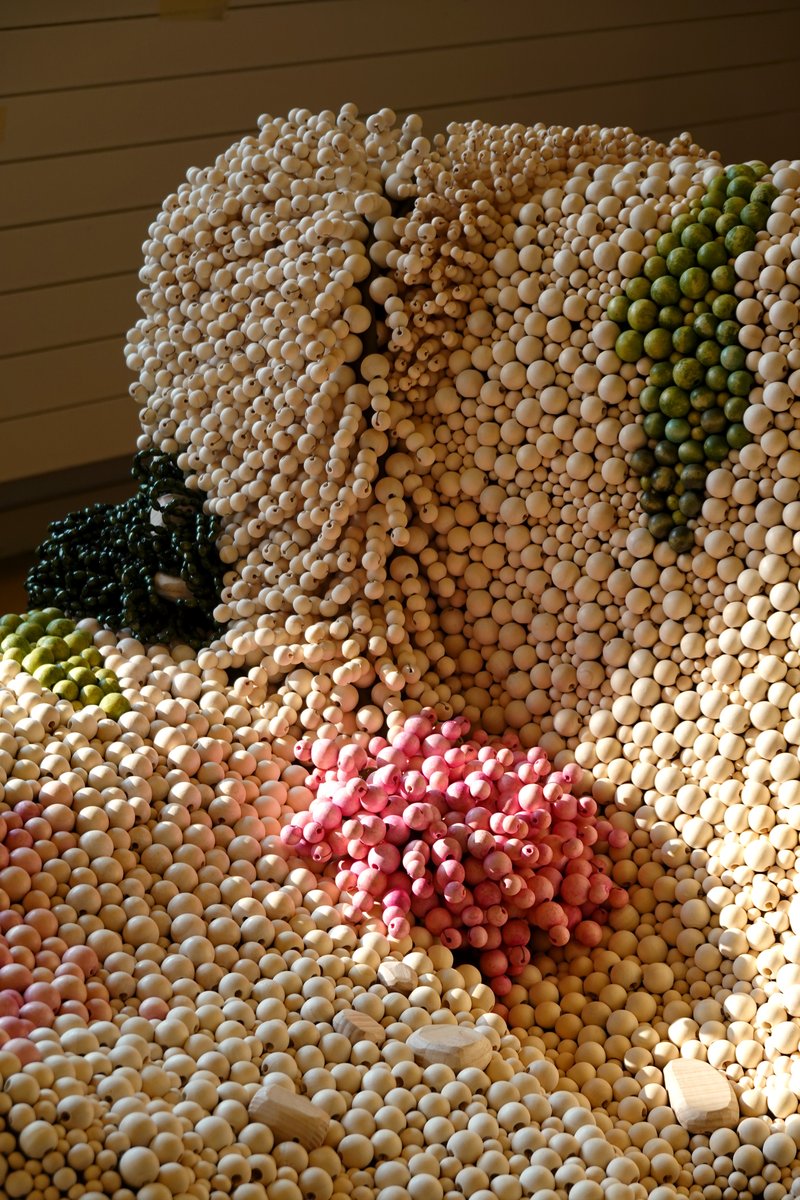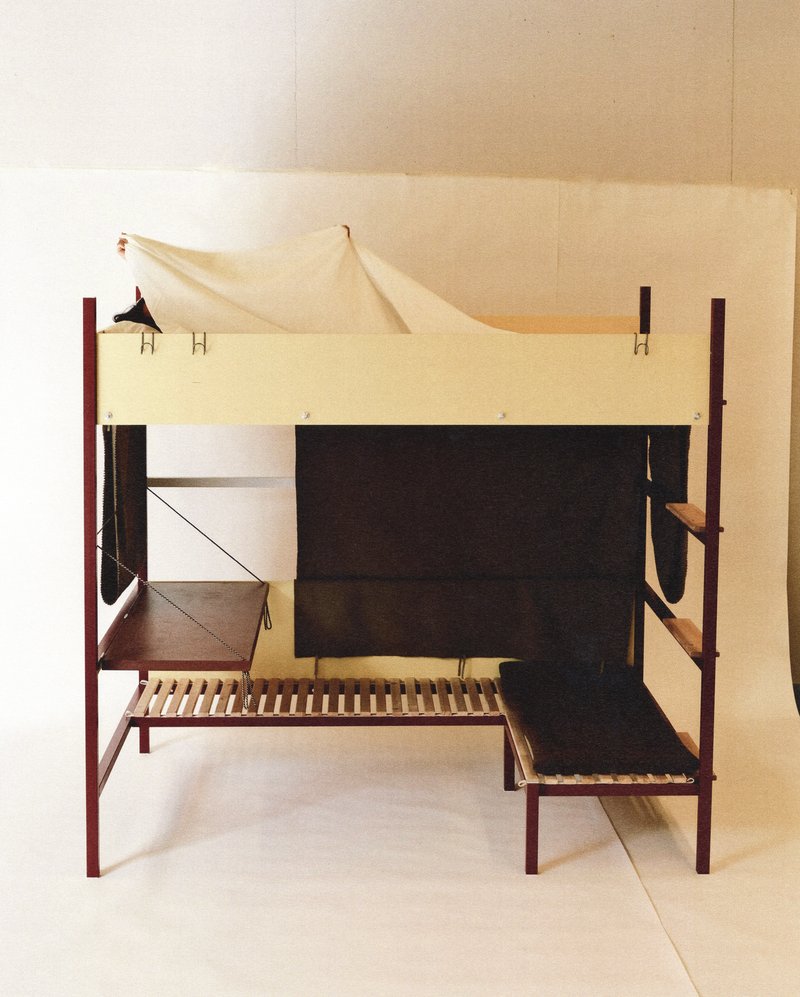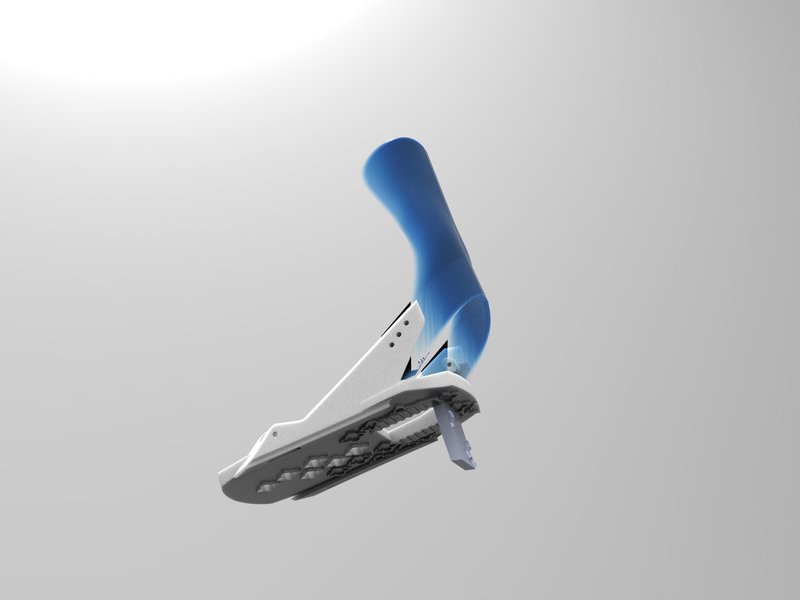ECAL x On 2040
Les étudiants du Master Product Design de l'ECAL/Université d'art et de design de Lausanne ont créé, en collaboration avec la marque suisse On Running, des semelles de chaussures du futur.
Sous la direction de Christophe Guberan, designer invité du MA Product Design et avec le soutien de Thilo Alex Brunner, responsable du design chez On, les étudiants ont exploré, dans le contexte de l'année 2040, des concepts de semelles de chaussures.
Les résultats vont de l'exploration de l'utilisation de nouveaux matériaux et processus à la réinterprétation et à la re-contextualisation d'aspects courants du monde actuel, le tout dans une optique de performance future.
Un certain nombre de conceptions ont été développées en prototypes élaborés et exposés au nouveau siège de On à Zurich, en collaboration avec les travaux d'autres étudiants du MA de l'ECAL en photographie et en conception de caractères.
Les concepts développés comprennent ;
Par Clemens Neureiter : REIMAGINER LA PLAQUE DE CARBONE POUR LES CHAUSSURES DE COURSE A PIED
Poussant l'expression d'une semelle de chaussure à ses limites, cette semelle en fibre de carbone joue avec l'élasticité et la résistance de ce matériau hautement technique pour créer un bon amorti et minimiser à la fois l'utilisation du matériau et le poids.
Projet d’atelier
(2022)
par
Tsubasa Koshide,
Stefan Troendle,
Clemens Neureiter,
Paul Rees,
Lukas Lüttgen,
Antoine Jacquat,
Manuel Steffan
- Assistant·e·s
-
Margo Clavier





























